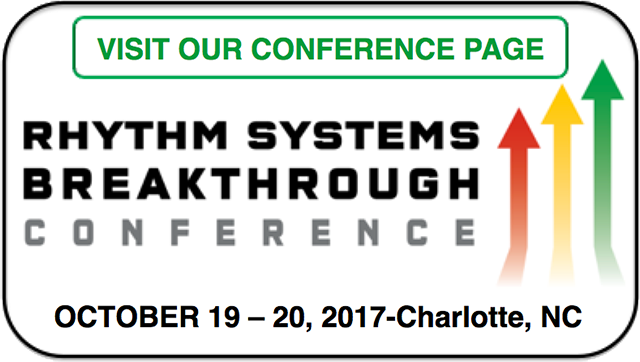I came across this quote of a story that really resonated with me.
Legend has it that Pablo Picasso was sketching in a park when an audacious woman approached him.
“It’s you — Picasso, the great artist! Oh, you must sketch my portrait! I insist.”
Picasso agreed to sketch the woman. After studying her for a moment, he used a single pencil stroke to create her portrait. He handed her his work of art.
“It’s perfect!” she said. “You managed to capture my essence with one stroke, in one moment. Thank you! How much do I owe you?”
“Five thousand dollars,” Picasso replied.
“B-b-but, what?” the woman stammered. “How could you want so much money for this picture? It only took you a second to draw it!”
To which Picasso responded, “Madame, it took me my entire life.”
Have you ever struggled with the value you bring to the table? Picasso had no such trouble in this story. Some of your clients may think the cost per hour, day, project or offering is expensive. The truth is, the client is not just paying for the product or service you provide.
Your customers are also buying the talent in your company, years of experience, the processes, controls and systems in place as well as the technology and intellectual property you possess. I have always believed companies should sell on value, not on price. The key is to think about what you are providing and identify the value so that you can present your offering in a way the customer appreciates. Understanding your core customer is a key component to doing this.
I like BMW cars and motorcycles a lot. There are no shortage of competitors that make similar products, although the synergy of what BMW produces creates a product that is greater than the sum of the parts. BMW goes to great lengths to make sure the customer understands the engineering, attention to detail, passion and history that goes into making its products. They even created a full-length movie that shares this. And yes, I have watched it more than once. All this allows them to command a premium price for their products.
Are you selling on price or value? Here are a few ideas that might help you answer the question:
- Know your customer. Understand their true needs and wants and what creates value for them. Find ways to delight them, not just make them happy.
- Understand your value proposition by knowing the benefits you provide and how it solves your customers’ problems.
- Understand your customers’ pain and monetary value your offering alleviates.
- Use Lean principles to eliminate anything that does not provide value to your customer to maintain your competitive edge.
- Analyze your competition and provide solutions in a way that no one else offers.
- Find ways to set your offerings apart in the market so that customers cannot compare you on price.
- Constantly innovate and improve your offerings before your competition has time to catch up to you.
- Manage the supply and demand equation. Honda used to be the masters of this in the early days by being one of the few automakers that sold at sticker price and had customers waiting in line for their cars.
- Bundle your offerings in such a manner that raises the value of the base offering.
- Know your true costs so you sell at a margin that meets your revenue goals.
- Price your products to create a win for your company and the customer.
- Focus your efforts on the customers that appreciate and understand the value you provide to them.
Look at your margins to see if they meet your expectations. If not, you may be selling on price. We find it useful to do a waterfall chart of profit per customers and profit per products. This can help you identify which customers and products are meeting your margin goals. It also helps you identify which ones to focus on and duplicate.
Good luck and grow with purpose, Alan
“All our knowledge has its origin in our perceptions.”
–Leonardo da Vinci
Photo Credit: iStock by Getty Images




